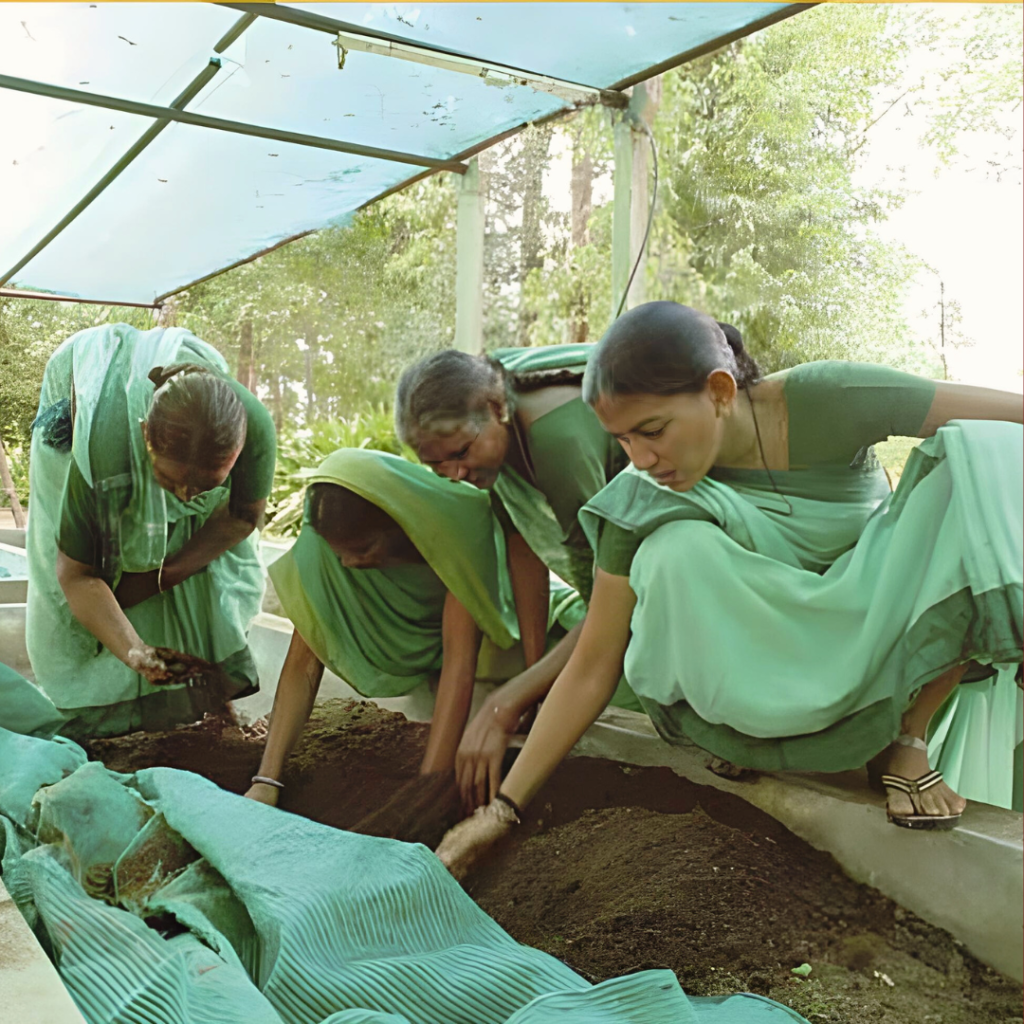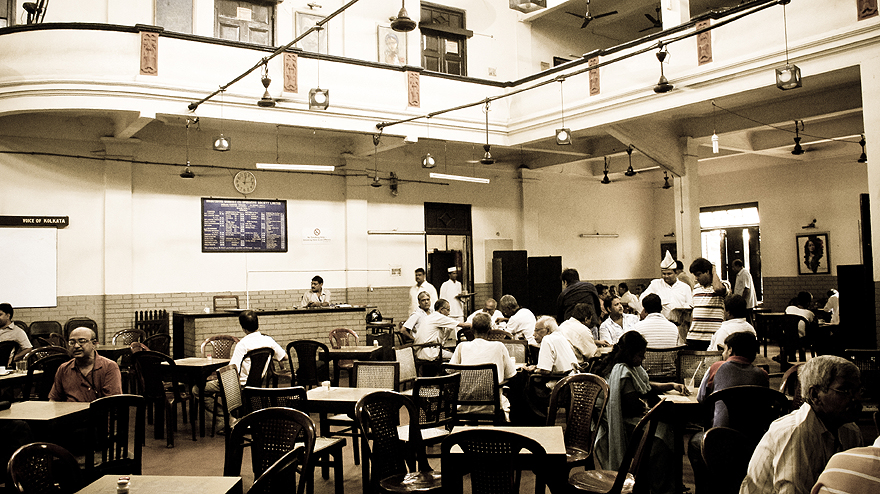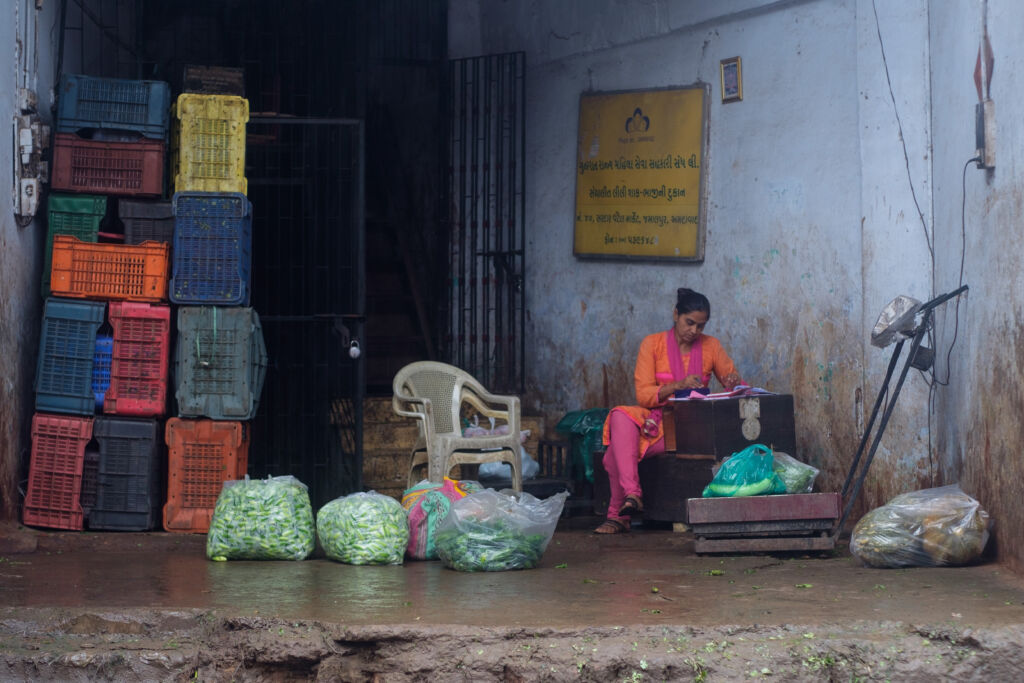Cooperatives have long been powerful tools for economic empowerment and social change, particularly for marginalized communities. With 1.2 billion members in 3 million co-ops around the world, cooperatives provide collective strength, resilience, work-life balance, opportunities for leadership, growth, job security, and social benefits. They have stood the test of time.
The cooperative movement now faces an exciting turning point: the inclusion of youth.
To sustain and grow, the cooperative movement, like any enduring movement, needs to include young people to be relevant and grow stronger. Cooperatives globally are innovating to make the model more relevant and attractive to the youth.
The Rise of Innovative Cooperatives
Co-ops have always championed self-reliance and income security in a non-exploitative way. This principle has made the cooperative model attractive to new-age businesses.People with a shared trade—drivers, chefs, farmers, tree growers, designers, weavers, and others—are forming their own cooperatives and prioritizing their needs while relying on collective support to grow together.
This trend has also given rise to new platform cooperatives and platforms for cooperatives, enabling co-ops to market their products and services and compete with other businesses.
We take a look at some Co-ops that have innovated, adapted and grown strong over time:
Innovative Global Co-ops
Vanalaxmi Women Tree Grower’s Cooperative
Before the digital era, in 1986, SEWA organized landless agricultural workers in Gujarat’s Mehsana district into the Vanalaxmi Women Tree Grower’s Cooperative. They obtained a 10-acre plot on a 30-year lease from the local village council. After three years of clearing and tilling the land (1986-1989), it became arable. Today, Vanalaxmi stands as a model for collective agriculture among the landless rural poor. Recently, the farm started conducting eco-tourism, providing a new revenue stream.

The Drivers Cooperative
The Drivers Cooperative is an alternative to ride-sharing companies like Uber and Lyft, with an app available in the Apple Store and Google Play store. Members who drive for The Drivers Cooperative make 8-10% more on each trip compared to Uber and Lyft, and all profits go back to the members as dividends, rather than to investors.
Indian Coffee House
Indian Coffee House is a chain of worker cooperatives operating coffee houses across India. It provides employment and fair wages while preserving traditional Indian coffee culture, offering a unique blend of social enterprise and cultural preservation.

Video SEWA
Video SEWA was born from a 1984 workshop led by Martha Stuart, with support from the United Nations University and Video Village Network. Twenty women, mostly illiterate, learned video production skills. Since then, Video SEWA has produced over 60 films, won several international awards, and raised awareness on social and economic issues among SEWA members.
Metalabel
Metalabel is a cooperative that enables creative people to release their work together and support one another. Members pool their skills, audiences, and resources to support their collective creative vision. Writers, musicians, podcasters, painters, designers, and others collaborate on “Labels” to release work, sell it, and share proceeds, extending their visibility.
Yatri
Yatri is a platform cooperative for taxi drivers operating as part of the Kochi Open Mobility Network project. Taxi and auto drivers who join the cooperative society gain access to this digital platform. In Ernakulam district, there are 250,000 auto rickshaws, with 10,000 in the city area. The project has completed its first thousand trips, with 2,200 auto-rickshaw drivers having joined.
Platform Co-ops
The following platforms have emerged to meet the needs of co-ops, providing them with a platform to market their products and services:
SEWA Lilotri
SEWA Lilotri is a farm-to-table platform that engages small and marginal women farmers and their collective enterprises, ensuring they receive fair prices for their produce. It also supports training women in newer farming practices to generate premium produce.

SEWA Saamarth
SEWA Saamarth is a platform for women collectives offering a range of products and services. Its primary aim is to make both online and offline markets accessible to women’s enterprises, ensuring they receive fair prices for their products and enabling their businesses to scale effectively.
As we look to the future of the cooperative movement, the inclusion of youth is crucial. Youth Inclusion is now a key focus area in our work. We are thinking about the following questions:
- How can co-ops globally innovate to attract younger generations?
- What strategies will ensure that the cooperative model remains relevant and appealing in an ever-changing economic landscape?
- How can we empower the youth to see cooperatives as a viable and attractive career option?
The answers to these questions will shape the next chapter of the cooperative movement, ensuring its sustainability and growth for generations to come. Write to us with your ideas at [email protected] and we may feature these in our upcoming newsletters. We look forward to hearing from you.
In solidarity!

